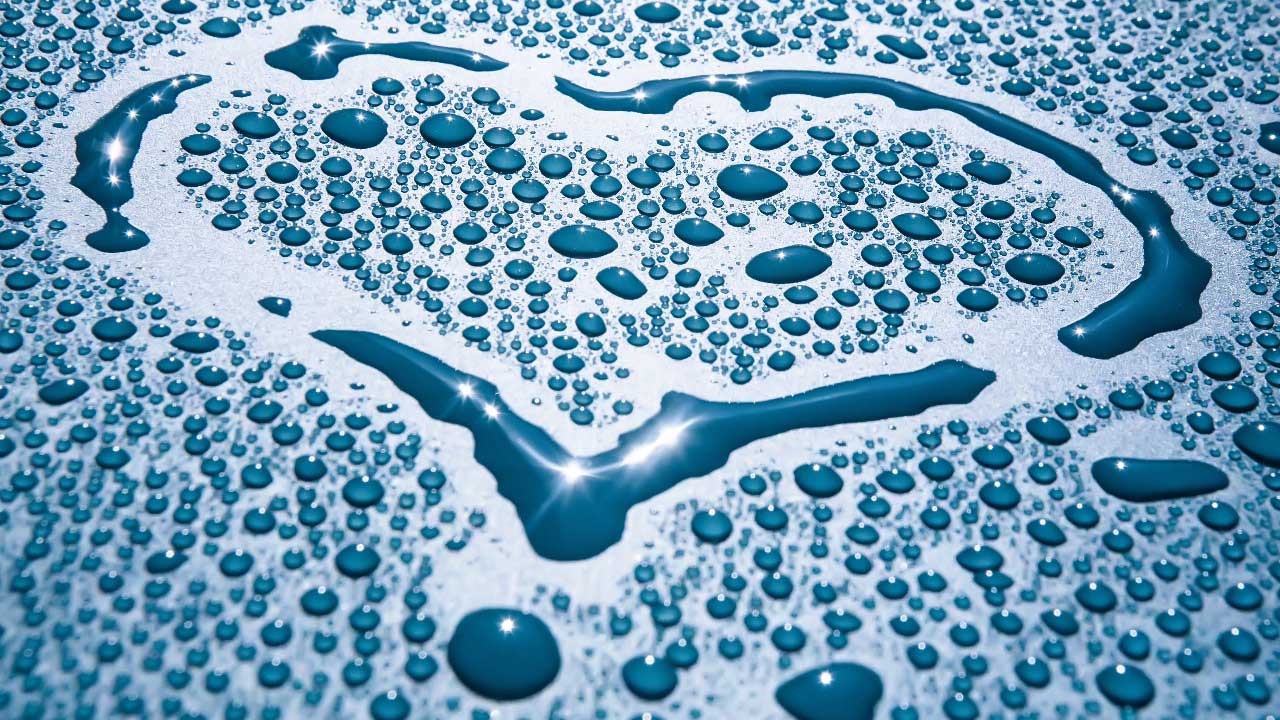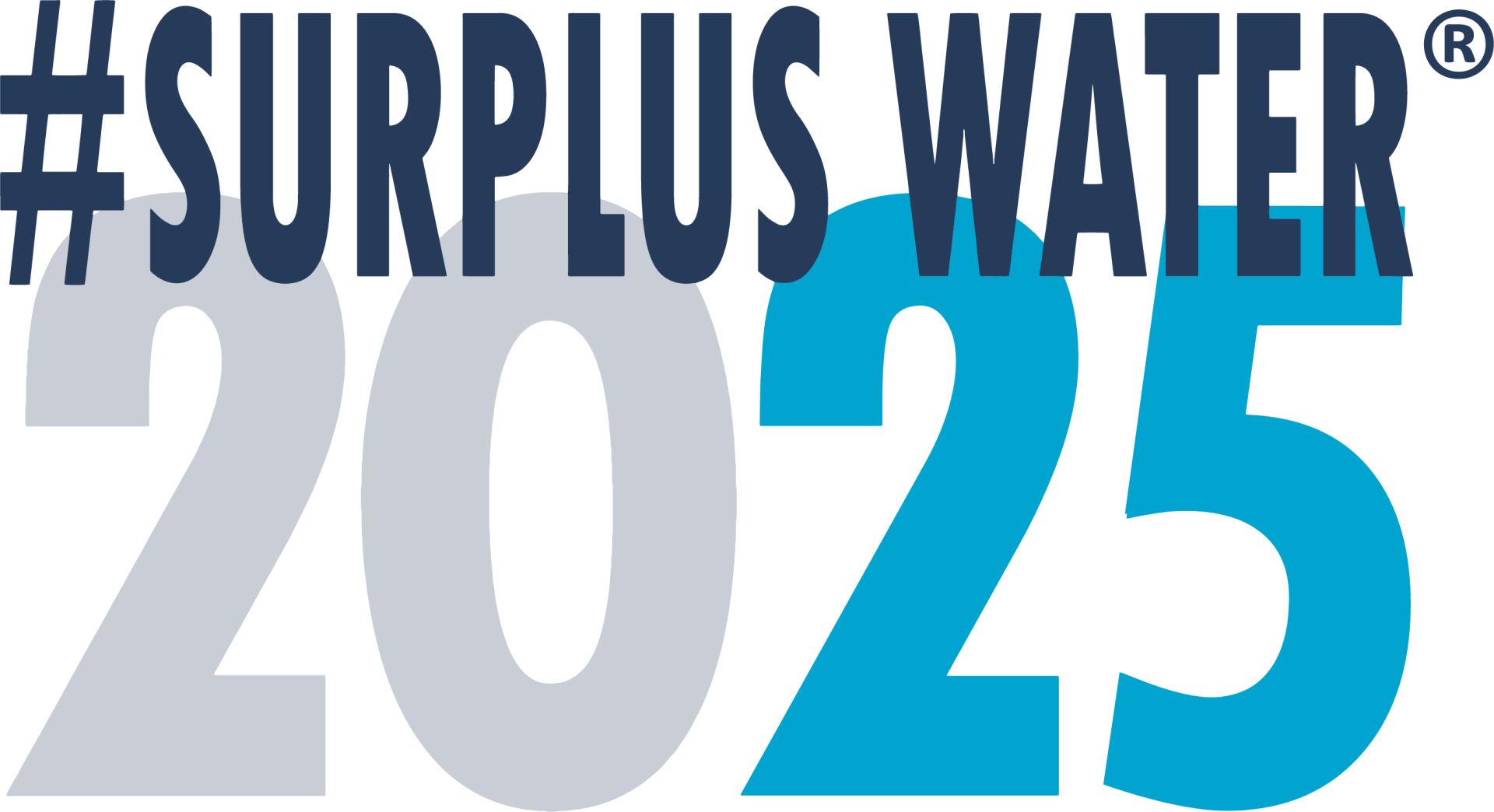Previously Loved Water. The REUSE in Water Responsibility
Dec 11
/
Aldert Brink

Blog Series: The 5 R's of Water Responsibility
The REUSE in Water Responsibility.
In order to be a responsible water (re)user, first, we need to understand the water in our care.
Where does water come from and where is it going?
To answer the 'where to' and 'where from' question, consider the following. The water we use comes from rivers, dams and groundwater sources. These water sources form part of the natural water cycle. People living in cities access water from these sources via a water supply utility, for example, Rand Water. However, the bulk of the water we use, goes mainly down the drain. This is called wastewater and travels via sewerage systems to water purification plants where it is treated and discharged back into the natural water cycle, i.e. rivers. Purification plants have a limited capacity and untreated wastewater may overflow into streams and rivers. This contaminates and pollutes our water cycle and ecosystems.
We discuss the bigger Water Cycle picture in the 'Recycle' article of this blog series. But let's dive a little deeper into the Water closer to home. The water we have a direct impact on. The 'reuse' of being Water Responsible.
Three kinds of Wastewater
Wastewater is the used water that goes down the drain, into the sewer system and then to the municipal wastewater treatment plant. Strictly speaking we can distinguish between two kinds of wastewater: greywater and blackwater. However, in this article, we will include a third: clean wastewater. Clean wastewater is the water we spill without 'using' it. For example, the wastewater running down the drain while you wait for your shower to reach the ideal temperature.
The three kinds of wastewater differs in level of contamination.
Clean wastewater
Clean water, the kind that comes out of our taps, is often wasted when it ends up directly in the sewer system. This includes the water we waste while brushing our teeth, the water that drips from leaky faucets, and the water that leaks from toilets.
Taps should not be left running unnecessarily, and the water that runs out while we wait for warm water to reach the tap should be collected for non-potable use, such as watering plants. Even the water that drips from air conditioning units can be used for irrigating potted plants. Every drop counts.
Another example of clean wastewater is Non-revenue water. Burst or leaking pipes send large amounts of clean wastewater into the sewer network. This wasted water is called non-revenue water, as it never reaches the consumer. Non-revenue water is a serious problem, and it represents a significant loss of a precious resource.
Taps should not be left running unnecessarily, and the water that runs out while we wait for warm water to reach the tap should be collected for non-potable use, such as watering plants. Even the water that drips from air conditioning units can be used for irrigating potted plants. Every drop counts.
Another example of clean wastewater is Non-revenue water. Burst or leaking pipes send large amounts of clean wastewater into the sewer network. This wasted water is called non-revenue water, as it never reaches the consumer. Non-revenue water is a serious problem, and it represents a significant loss of a precious resource.
Leaks should be fixed as soon as possible to ensure that clean water is available for its intended use.
Greywater
Greywater is wastewater that is not clean enough to drink but can be used for other purposes, such as irrigating gardens. There are different grades of greywater, depending on the level of contamination.
Water used for rinsing vegetables is not severely contaminated and can be reused for handwashing, toilet flushing, or irrigating gardens. Bathroom sink, bath, and shower water can also be reused for irrigation, but it's important to ensure it's not allowed to puddle or accumulate. This type of greywater should also not be stored for extended periods.
By reusing greywater appropriately, we can conserve valuable freshwater resources and reduce our reliance on municipal water supplies.
Blackwater
Blackwater is wastewater that is contaminated to such an extent that it cannot be used directly onsite. Blackwater must go into a sewerage system to a water purification facility. It contains human waste and other putrescible (decaying, decomposing and/or rotting) organic matter. This can contain dangerous pathogens, like cholera.
Used water from kitchen sinks or dishwashers is not suitable for reuse due to the presence of decomposing substances, which classifies it as blackwater. Blackwater requires more stringent treatment before it's suitable for reuse.
It is important to remember that all wastewater adds to the burden on wastewater treatment facilities. Any wastewater that is reused onsite makes it possible for already overburdened wastewater plants to operate effectively. Plus, we reduce pollution in our rivers and natural water cycle.
Taking the 'waste' out of wastewater.
The experts on water reuse in our network, is Maskam Water®. The team at Maskam Water® is working tirelessly to help educate people and provides businesses with safe onsite wastewater treatment solutions.
-
Years of Action: 13
-
Daily Water Treatment Capacity: 1.8ML+
-
Wastewater treated for re-use per year: 600ML+
Some onsite water purification systems exist making the reuse of blackwater possible. These systems purify blackwater to such an extent that the resulting greywater can safely be used for irrigation and flushing toilets. Maskam Water®'s Clarus Fusion® wastewater treatment plant is one such system available in South Africa. Schools, hotels, lodges, guest houses, business parks, shopping centers, commercial buildings, villages, single households, and farms are some examples of facilities that benefit from this.
A Case for a Case Study
The Clarus Fusion® wastewater treatment plant is an ideal product for a CSI project. Offering real value to a beneficiary community or school, while strengthening your ESG Strategy. This, in combination with projects that assist communities to grow their own crops, provide an educational component that is invaluable. Moreover it creates an income opportunity and elevate the quality of life of an entire community, with the school at the heart of it. For schools in remote areas with limited access to water, the reuse of water is vital.
Check out Maskam Water®'s Splash Page and follow the link to see the different wastewater treatment options they have.
For more on CSI opportunities and water as part of your ESG Strategy, talk to the team at AquaIntell.
In a water scarce country like South Africa the reuse of water is not just a 'good idea' for a school project in a remote rural area, but the essential responsibility of every business, every household and every individual.
More on the 5 R's in our blog series The 5 R's of Water Responsibility as we dive a little deeper into each of these. Remind, Reduce, Reuse, Recycle & Recharge.
3. The REUSE of Water Responsibility.
Empty space, drag to resize
Join the conversation
Don't miss an R! Follow us on Facebook or Instagram for more Stories of Water.
Empty space, drag to resize
Who we are
A community of water warriors, working together to raise water awareness, saving every drop and together, aiming for surplus water in South Africa.
Get in touch
-
South Africa, Earth :)
-
droppie@surpluswater2025.com
#SurplusWater2025 Copyright © 2025
